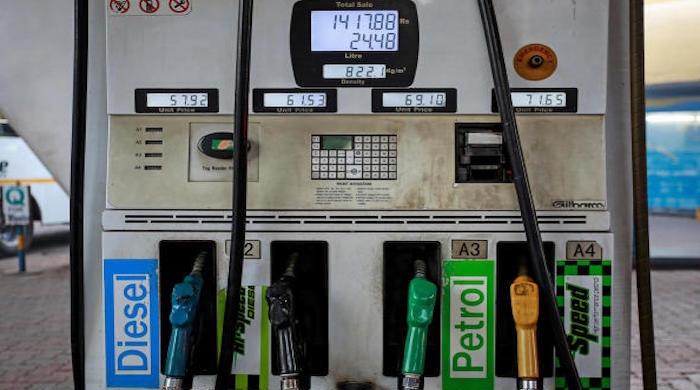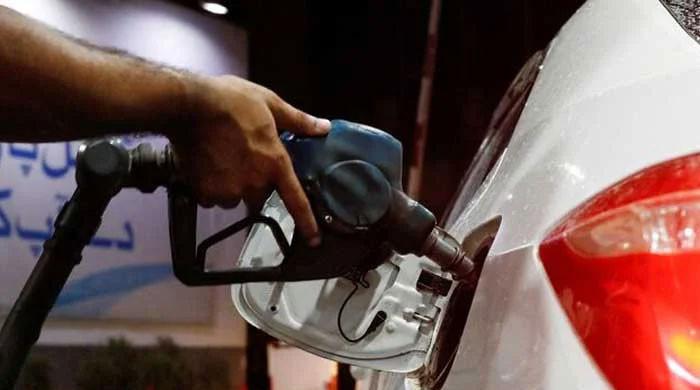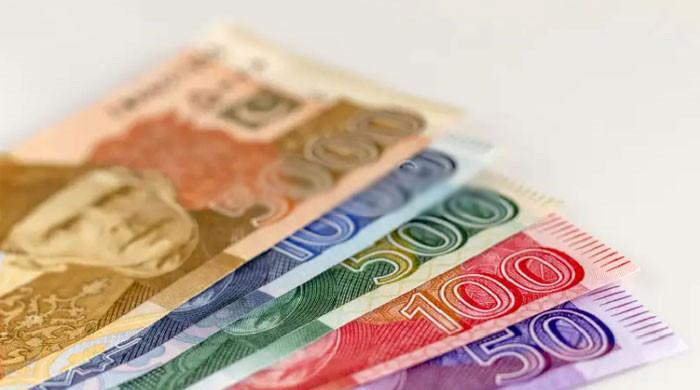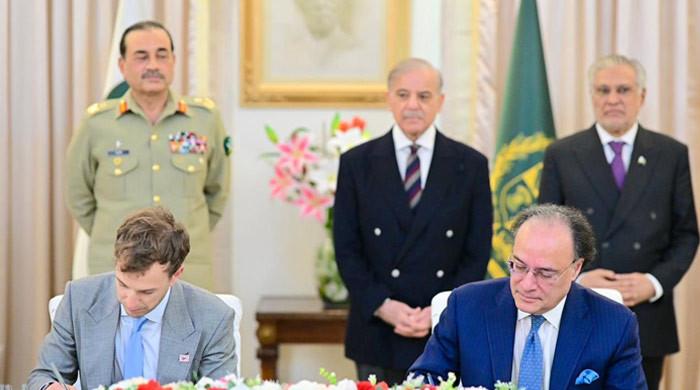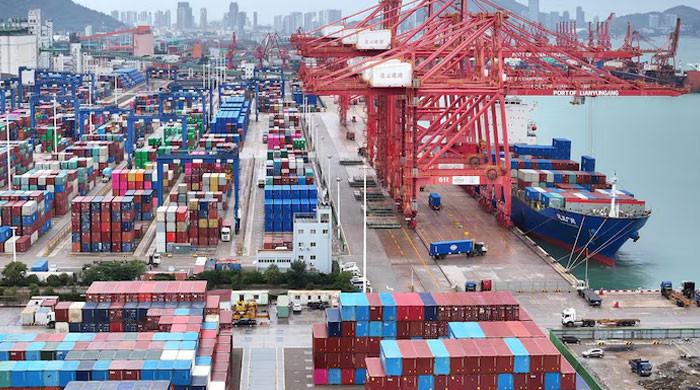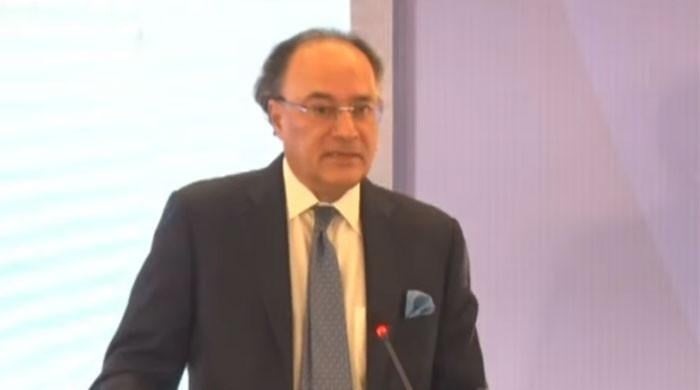Rupee likely to weaken further in open market on dollar shortage
Analysts expect rupee to trade range-bound in interbank market as rates appear to be kept in check by administrative measures
May 28, 2023
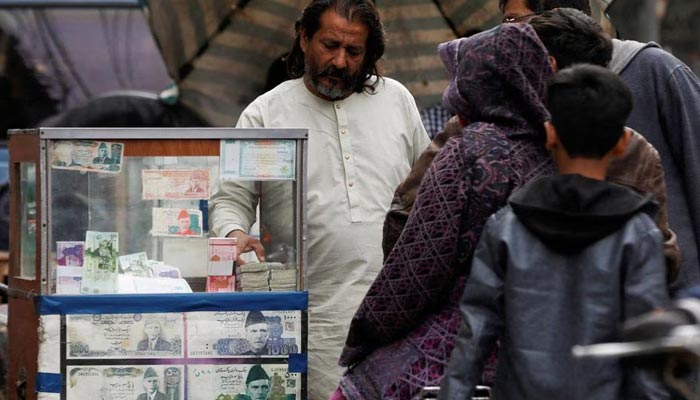
- Rupee likely to trade range-bound in interbank market.
- Rate difference between open, interbank markets swells to Rs25.
- On Friday, rupee dropped to an all-time low of 310 in open market.
KARACHI: A shortage of the dollar is likely to keep the rupee under pressure in the open market next week, while the local unit is expected to trade range-bound in the interbank market as rates appear to be kept in check by administrative measures, The News reported Sunday.
During the outgoing week, the local currency fluctuated in the interbank market, falling to 287.15 per dollar on Tuesday before rising to 285.15 by the end of the week.
With Pakistan's economic position worsening with each passing day and its foreign exchange reserves running out, default risks are also rising.
Even though the country is making desperate attempts to resume the stalled $6.5 billion bailout with the International Monetary Fund (IMF), the chances are dwindling every day, primarily because the current programme is set to end on June 30.
“Due to import curbs, the demand for dollars from importers is likely to remain regular. In the upcoming week, we do not see the rupee breaking beyond the 288 level versus the dollar [in the interbank market],” said a forex trader.
“However, due to a lack of dollars and increased demand, the rupee appears to be weaker in the open market,” the trader added.
On Friday, the rupee's value versus the dollar dropped to an all-time low of 310 in the open market. In relation to the dollar, it decreased by Rs5 during the outgoing week.
The exchange rate difference between open and interbank markets swelled to around Rs25, which could encourage overseas Pakistani workers to use illegal means to send money home.
In the week ending May 19, Pakistan’s foreign exchange reserves, a key sign of economic health, fell by $206 million to $9.7 billion. The State Bank of Pakistan's reserves decreased by $119 million to $4.2 billion.
Particularly, reserves held by commercial banks fell by $88 million to $5.5 billion, reflecting an outflow of wealth.
“While the interbank still looks to be range bound, grey market rates are poised to go up further as much of the non-formal imports are being settled through that market,” said Tresmark in a weekly note.
“The political upheaval seems to be reaching a crescendo. As seen from other precedents like Sri Lanka, lowering of political temperature will matter to the economy. Inflation (CPI) for May is expected to rise to about 39% but will start easing off from there due to the high base effect and softening of global commodities,” it said.
Finance Minister Ishaq Dar met US Ambassador Donald Bloom for the second time in two months to influence the IMF. Dar reaffirmed that Pakistan would not default.
Pakistan is facing a significant debt repayment of $2.3 billion in June.
The country is relying on China's assistance to roll over the debt, although it is anticipated that a portion of the debt will still need to be repaid and will be received back in a few days/weeks, according to analysts.




